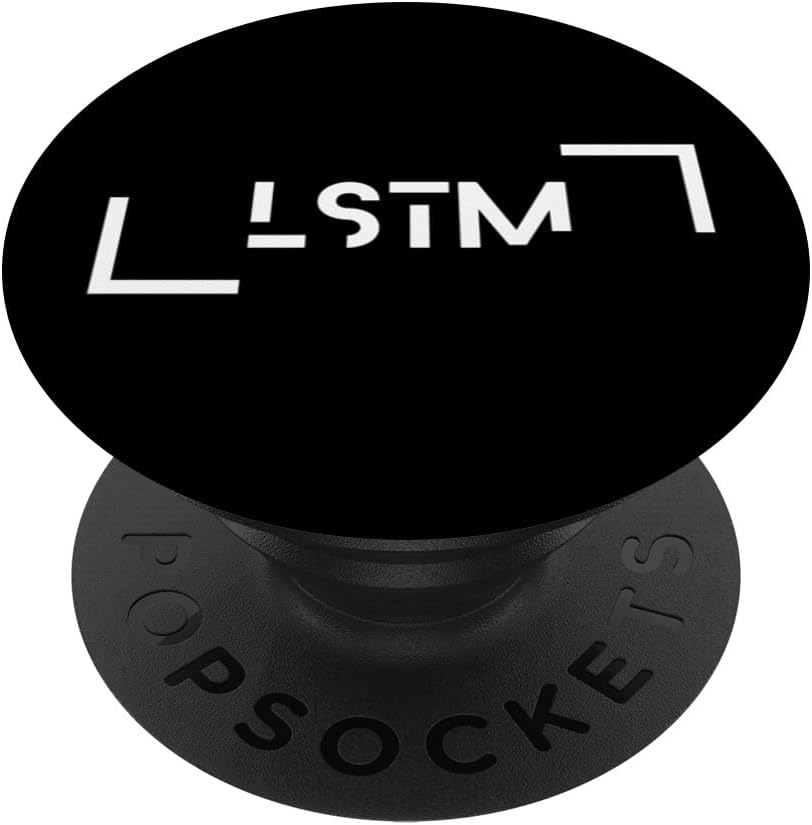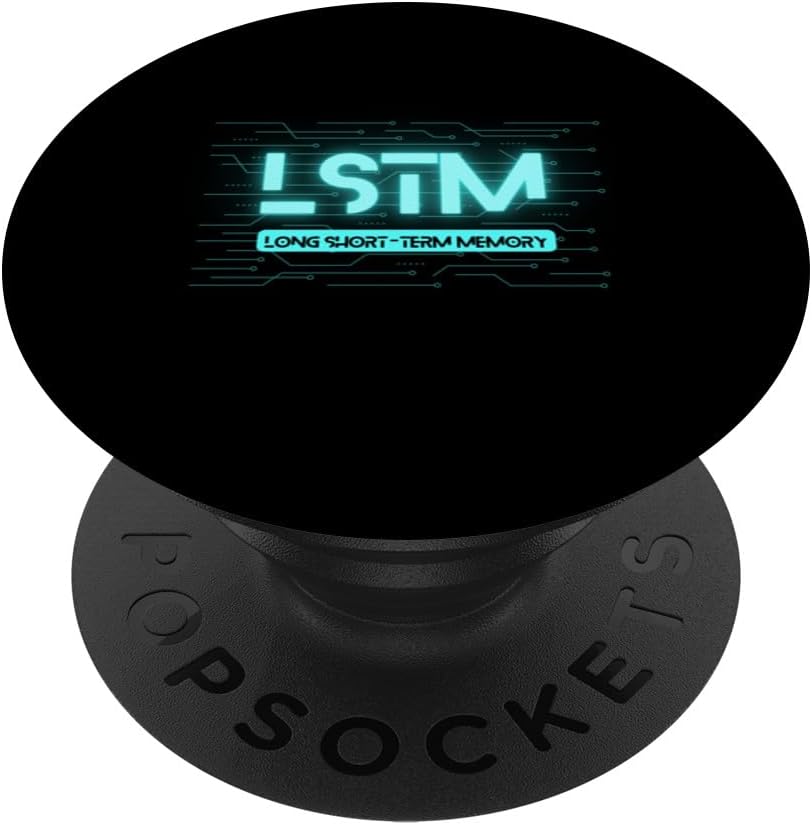Long Short-Term Memory (LSTM) models have become increasingly popular in the field of natural language processing and time series analysis due to their ability to capture long-term dependencies in sequential data. However, like any machine learning model, LSTM models can suffer from performance and accuracy limitations if not optimized properly. In this article, we will discuss some strategies for optimizing LSTM models to improve their performance and accuracy.
1. Hyperparameter Tuning: One of the key factors in optimizing LSTM models is tuning the hyperparameters. Hyperparameters such as the learning rate, batch size, number of hidden units, and dropout rate can significantly impact the performance of the model. It is important to experiment with different values for these hyperparameters and use techniques such as grid search or random search to find the optimal combination.
2. Data Preprocessing: Preprocessing the data before feeding it into the LSTM model can also improve its performance. This can include scaling the data, handling missing values, and encoding categorical variables. Additionally, using techniques such as feature engineering and dimensionality reduction can help the model better capture the underlying patterns in the data.
3. Regularization: Regularization techniques such as L1 and L2 regularization, dropout, and early stopping can help prevent overfitting in LSTM models. Overfitting occurs when the model performs well on the training data but fails to generalize to unseen data. By implementing regularization techniques, the model can learn the underlying patterns in the data without memorizing noise.
4. Weight Initialization: The initial values of the weights in the LSTM model can also impact its performance. Using techniques such as Xavier or He initialization can help the model converge faster and achieve better performance. Additionally, initializing the weights with pre-trained embeddings can also improve the model’s accuracy, especially in tasks such as text classification or sentiment analysis.
5. Model Architecture: The architecture of the LSTM model, including the number of layers and the type of cells used, can also impact its performance. Experimenting with different architectures such as stacked LSTMs, bidirectional LSTMs, or attention mechanisms can help improve the model’s accuracy and performance.
In conclusion, optimizing LSTM models for improved performance and accuracy requires a combination of hyperparameter tuning, data preprocessing, regularization, weight initialization, and model architecture. By experimenting with these strategies and fine-tuning the model, researchers and practitioners can build more robust and accurate LSTM models for a variety of tasks in natural language processing and time series analysis.
#Optimizing #LSTM #Models #Improved #Performance #Accuracy,lstm










